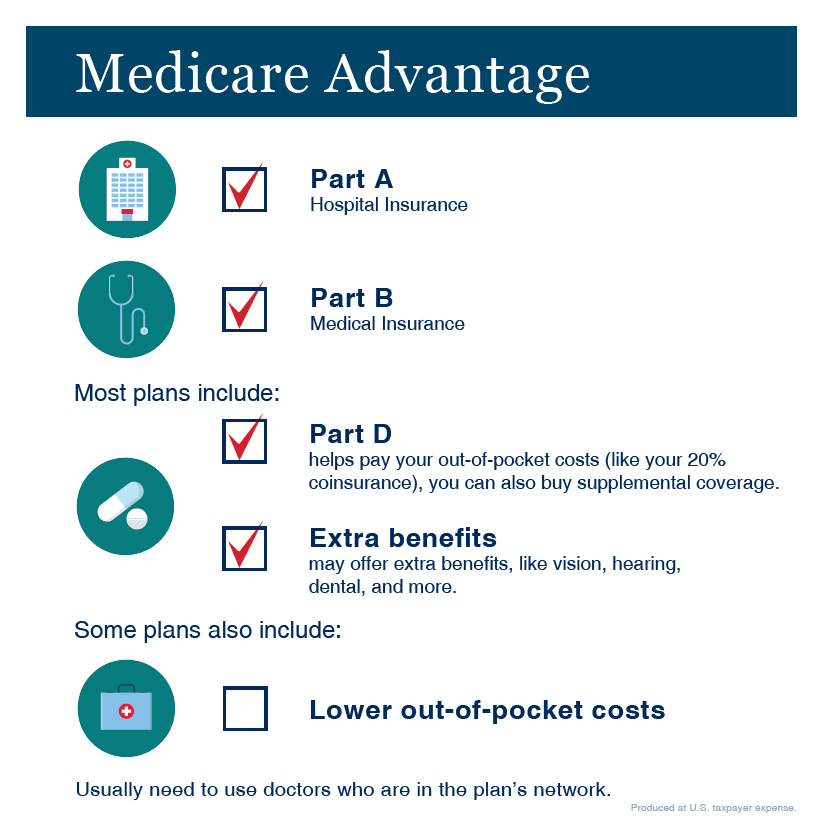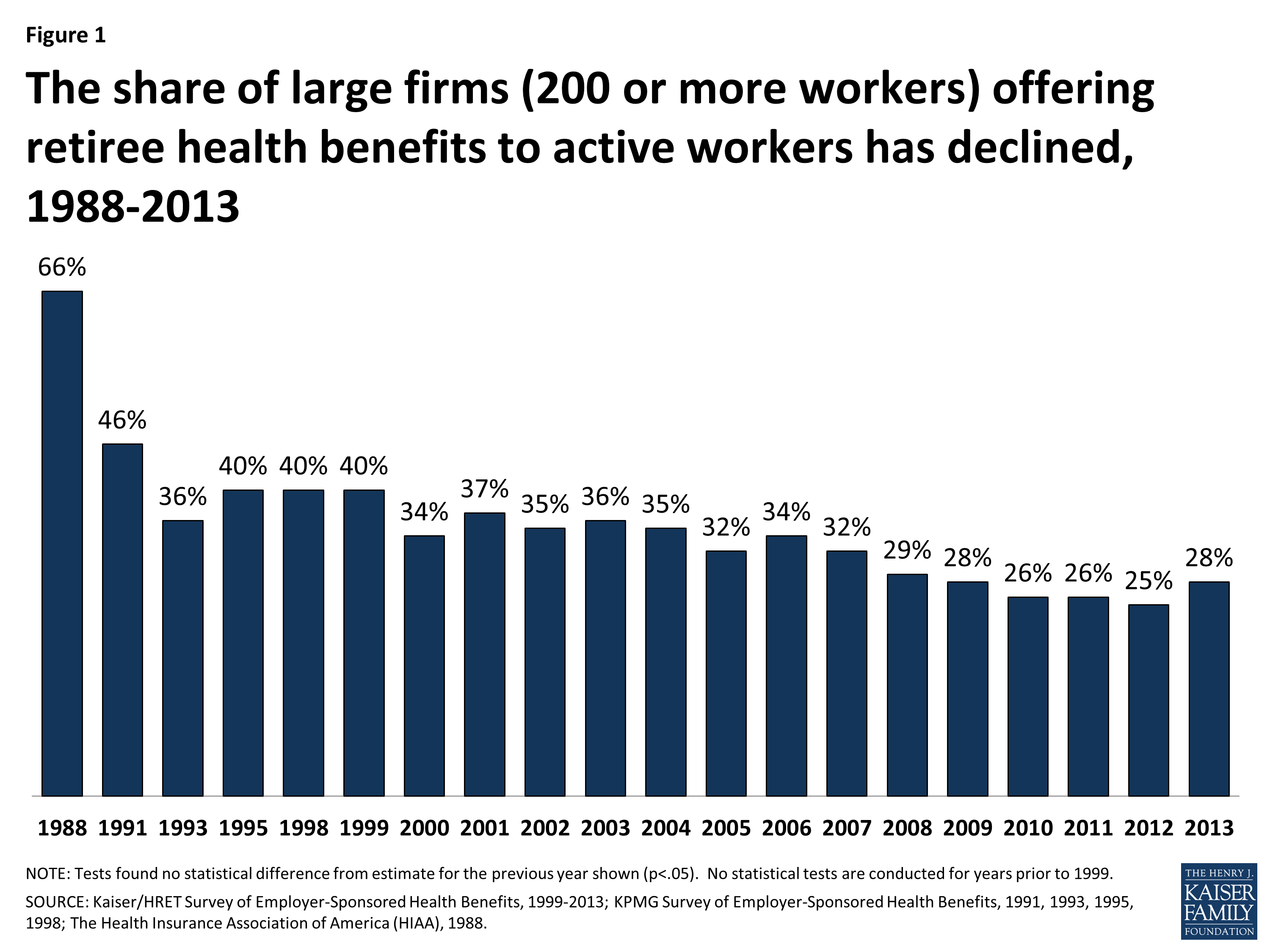Medicare Advantage Agent Can Be Fun For Everyone
Medicare Advantage Agent Can Be Fun For Everyone
Blog Article
Medicare Advantage Agent for Dummies
Table of ContentsMedicare Advantage Agent Can Be Fun For EveryoneWhat Does Medicare Advantage Agent Do?Medicare Advantage Agent Can Be Fun For Everyone

follows from puzzling the fairly young age profile of the uninsured with the much better health and wellness, typically, of younger persons. This obscures the web link in between health status and medical insurance. For those without accessibility to work environment medical insurance, poor wellness is a prospective barrier to purchasing nongroup coverage since such protection may be extremely priced, exclude preexisting problems, or be merely not available. The number of uninsured Americans is not especially big and has actually not changed in recent times. Seven out of 10 participants in an across the country depictive survey believed that less Americans did not have medical insurance than really do(Fronstin, 1998). Approximately half(47 percent )believed that the variety of individuals without medical insurance lowered or remained constant over the latter half of the last decade(Blendon et al., 1999). This decrease of virtually 2 million in the number of individuals 'without insurance (a decrease
of about 4 percent)is definitely a positive adjustment. With a softer economy in 2000 the most up to date reported gains in insurance policy protection may not proceed(Fronstin, 2001 ). The decline in the variety of without insurance will not continue if the economic climate remains slow-moving and health treatment expenses proceed to surpass inflation. This is since the data were accumulated for a period of solid financial performance. Of the approximated 42 million individuals that were uninsured, just about concerning 420,000(about 1 percent)were under 65 years of age, the age at which most Americans become eligible for Medicare; 32 million were grownups between ages 18 and 65, about 19 percent of all adults in this age group; and 10 million were youngsters under 18 years old, concerning 13.9 percent of all kids (Mills, 2000). These quotes of the variety of persons without insurance are generated from the annual March Supplement to the Existing Populace Survey (CPS), conducted by the Census Bureau. Unless otherwise kept in mind, nationwide quotes of individuals without health insurance coverage and percentages of the populace with different type of protection are based upon the CPS, the most extensively used source of quotes of insurance policy coverage and uninsurance prices. These surveys and the quotes they generate are described briefly in Table B. 1 in Appendix B - Medicare Advantage Agent. These studies differ in dimension and tasting approaches, the questions that are inquired about insurance
Medicare Advantage Agent Can Be Fun For Anyone
protection, and the time duration over which insurance policy coverage or uninsurance is determined(Lewis et al., 1998, Fronstin, 2000a ). Still, the CPS is particularly beneficial because it generates annual estimates reasonably quickly, reporting the previous year's insurance coverage estimates each September, and because it is the basis for a constant set of estimates for more than two decades, enabling for analysis of patterns in coverage over time.

Not known Facts About Medicare Advantage Agent
Over a three-year duration beginning early in 1993, 72 million individuals, 29 percent of the U.S. populace, were without protection for a minimum of see page one month. Within a single year(1994), 53 million individuals experienced a minimum of a month without protection(Bennefield, 1998a). 6 out of every 10 uninsured adults are themselves utilized. Functioning does boost the chance that one and one's household participants will have insurance policy, it is not an assurance. Even members of families with 2 full-time breadwinner have nearly a one-in-ten possibility of being without insurance (9.1 percent uninsured price)(Hoffman and Pohl, 2000 ). The relationship between health and wellness insurance and access to care is well established, as recorded later in this phase. Although the connection in between wellness insurance and health and wellness results is neither straight neither basic, a substantial clinical and health services study literature links medical insurance protection
to enhanced accessibility to care, far better top quality, and boosted personal and populace wellness condition. For instance, the 2nd report, on personal health and wellness outcomes for uninsured adults, is represented by the inner circle of the number, while the 3rd report, on family wellness, includes the subjects of the 2nd record however emphasizes a various unit of analysis, specifically, the household. The 6th record in the collection will present information about methods and initiatives undertaken locally, statewide, or country wide to address the lack of insurance policy and its unfavorable impacts. Degrees of evaluation for analyzing the effects of uninsurance. This conversation of medical insurance coverage focuses largely on the U.S. populace under age 65 due to the fact that virtually all Americans 65 and older have Medicare or various other public coverage.
It concentrates particularly on those without any health and wellness insurance for any size of time. The troubles encountered by the underinsured remain in some respects comparable to those encountered by the without insurance, although they are usually much less click here to find out more severe. Uninsurance and underinsurance, however, involve definitely various policy concerns, and the methods for addressing them might vary. Throughout this research study and the 5 records to follow, the major emphasis is on individuals without any health and wellness insurance policy and therefore no support in spending for healthcare beyond what is available via charity and security net organizations. Medical insurance is an effective factor affecting receipt of care since both clients and doctors reply to the out-of-pocket price of services. Health and wellness insurance coverage, nevertheless, is neither essential neither adequate to access to medical services. Nevertheless, the independent and straight effect of health
insurance coverage on accessibility to wellness solutions is well developed. Others will obtain the health and wellness care they need also without health insurance, by paying for it expense or seeking it from service providers that offer care totally free or at very subsidized prices. For still others, medical insurance alone does not make sure receipt of treatment due to other nonfinancial barriers, such as an absence of healthcare companies in their neighborhood, restricted access to transportation, illiteracy, or etymological and social distinctions. Formal study about without insurance populaces in the United States dates to the late 1920s and early 1930s when the Board on the Cost of Medical Treatment generated a series of reports concerning funding doctor office brows through and hospital stays. This issue became significant as the numbers of clinically indigent climbed up throughout the Great Clinical depression. Empirical research studies constantly support the link in between accessibility to care and improved health and wellness end results(Bindman et al., 1995; Starfield, 1995 ). Having a routine source of care can be thought about a forecaster of gain access to, instead moved here of a straight procedure of it, when wellness results are themselves utilized as access indications. This extension of the concept of accessibility measurement was made by the IOM Board on Monitoring Accessibility to Personal Health Care Provider(Millman, 1993, p. Whether or not parents are insured appears to affect whether or not their children obtain treatment as well as just how much careeven if the children themselves have insurance coverage(Hanson, 1998). The health of parents can influence their capacity to look after their children and the degree of family anxiety. Fretting about their kids's access to care is itself a resource of anxiety for moms and dads. 3 chapters follow in this report. Phase 2 provides a review of how employment-based wellness insurance coverage, public programs and specific insurance coverage plans run and communicate to offer comprehensive however insufficient coverage of the united state population. This includes a review of historic patterns and public laws impacting both public and private insurance policy, a conversation of the communications among the various kinds of insurance policy, and an exam of why individuals move from one program to one more or wind up

Report this page